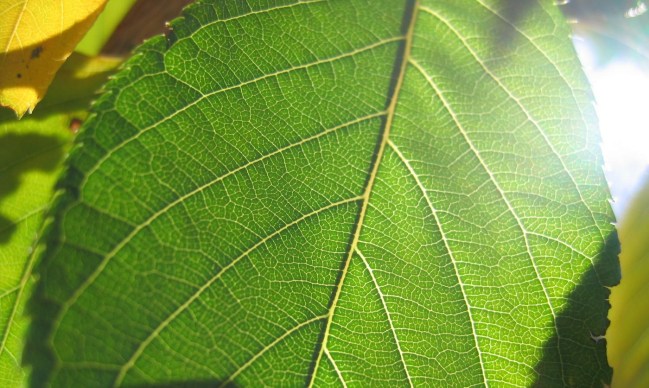
The Holy Grail of science is to create something that may actually solve a major problem in the world and improve life for millions. Scientists at the Massachusetts Institute of Technology think they have done exactly that. Led by Daniel Nocera, they have created an “artificial leaf,” or a new technology that uses solar cells to split water into hydrogen and oxygen, creating energy in the process.
“The artificial leaf shows particular promise as an inexpensive source of electricity for homes of the poor in developing countries,” said Nocera. “Our goal is to make each home its own power station. One can envision villages in India and Africa not long from now purchasing an affordable basic power system based on this technology.”
The device itself is small, thin, and looks nothing like an actual leaf. About the size of a playing card, but thinner, it is made of silicon among other things. Placed inside a single gallon of water in bright sunlight, the device could theoretically produce enough electricity to power a house in a developing country for an entire day by storing the leftover hydrogen and oxygen in a fuel cell.
The idea has been bounced around for decades, but this marks the first time that one has been created that is affordable and actually works for more than a single day. The new artificial leaf is made of “inexpensive” materials and has been shown to operate for more than 45 hours without a “single drop” in activity. Hopefully developing villages won’t have to replace their artificial leaves every 45 hours. Though the artificial leaf is about 10 times better at photosynthesis than a traditional leaf, at least a real leaf will last a full year.
Don’t get too excited though; it may be a while before you can sprinkle a bucket of artificial leaves on your roof to power your home.
(Photo credit: Ed Holden)


